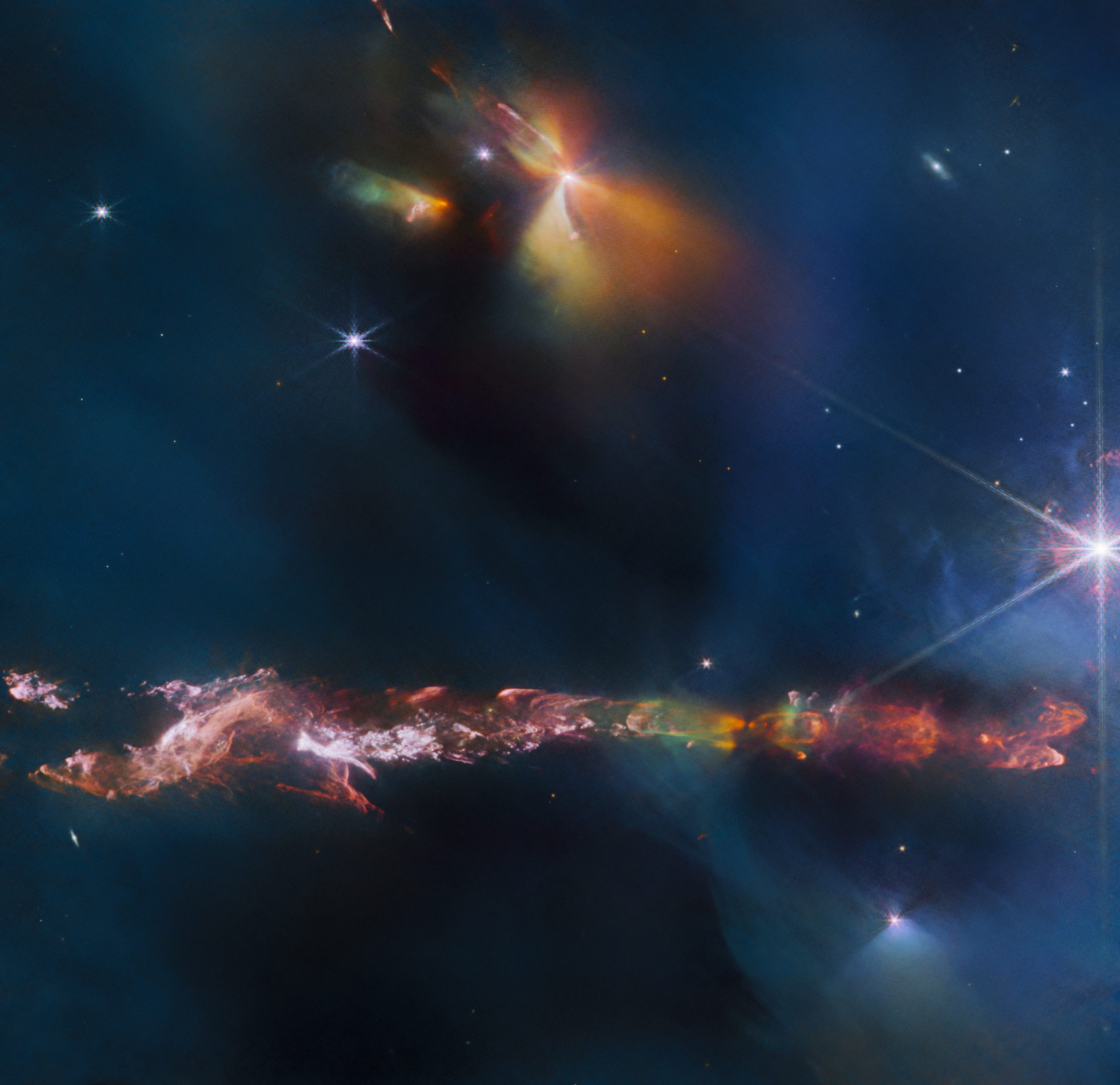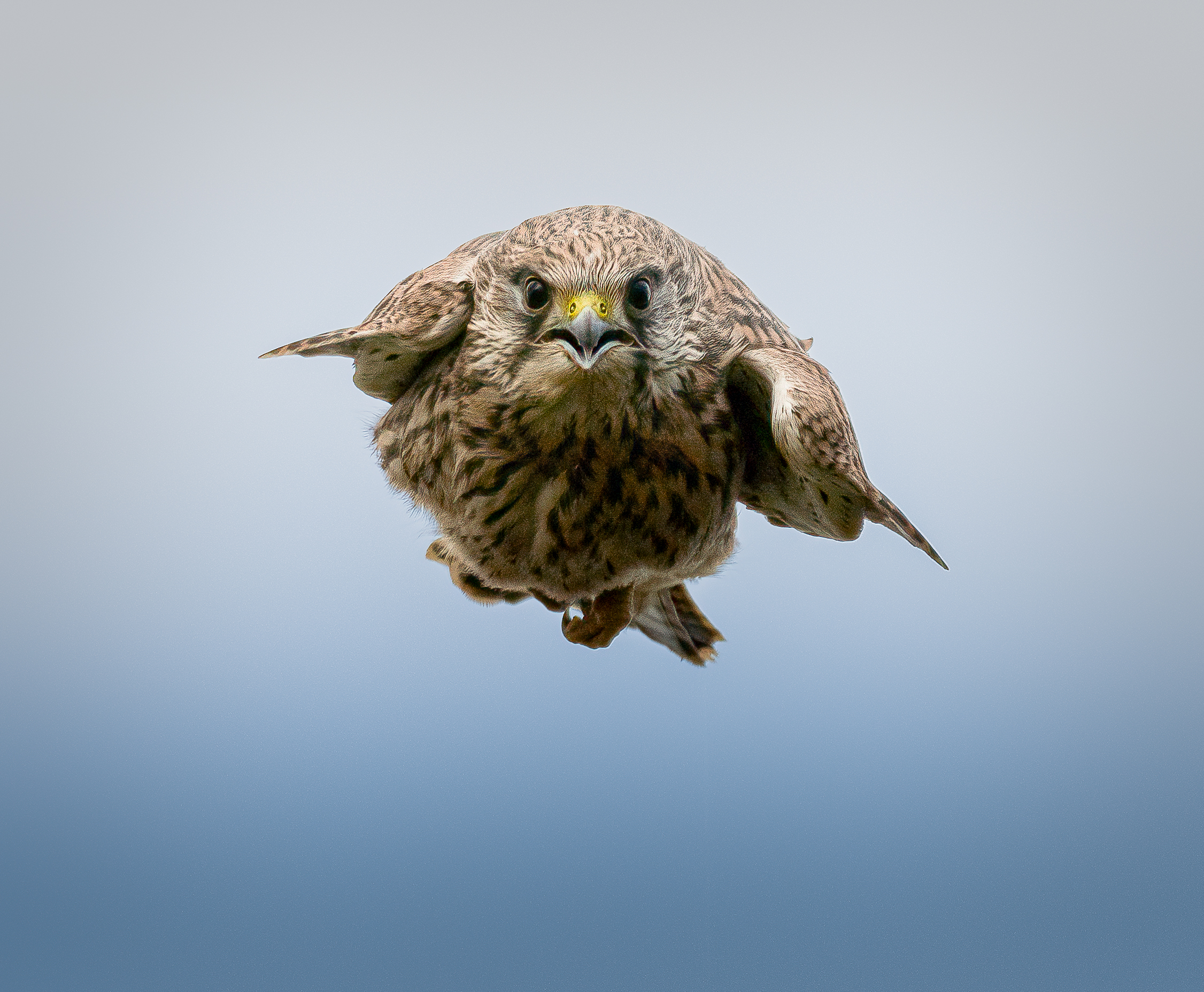The latest Picture of the Month from the collaborative NASA/ESA/CSA James Webb Space Telescope showcases the detailed features of the Herbig Haro object 797 (HH 797).
Herbig-Haro objects, brightly lit areas surrounding newly formed stars known as protostars, are created by stellar winds or gas jets expelled from these nascent stars. These winds or jets generate shockwaves when they collide at high velocities with the surrounding gas and dust.
Positioned predominantly in the lower half of this image, HH 797 is situated near the young open star cluster IC 348, which lies close to the eastern border of the Perseus dark cloud complex.
In the upper section of the image, bright infrared entities are believed to house an additional two protostars.
This image is a product of Webb’s Near-Infrared Camera (NIRCam).
Previous terrestrial observations had revealed that, concerning the cold molecular gas linked with HH 797, most of the red-shifted gas (moving away from our perspective) is located to the south (bottom right). The blue-shifted gas (approaching us) is positioned to the north (bottom left).
However, this more detailed image from the Webb telescope reveals that the previously assumed single outflow is, in reality, composed of two almost parallel outflows. Each features its series of shocks, clarifying the observed velocity asymmetries.
The source of these outflows, identified in earlier studies and located in a small dark area (bottom right of centre), is not a solitary star but a binary system.
Each star in this duo is generating its remarkable outflow.
Additional outflows are visible in this image, including one originating from the protostar in the top right of the centre, along with the illuminated walls of its cavity.
Disclaimers:
This content and images have been licensed to use by Jam Press, edited and syndicated by https://www.znewsservice.com/.
Should you have any questions relating to this content please get in touch with Jam Press via https://www.jampress.co.uk/contact-us/






